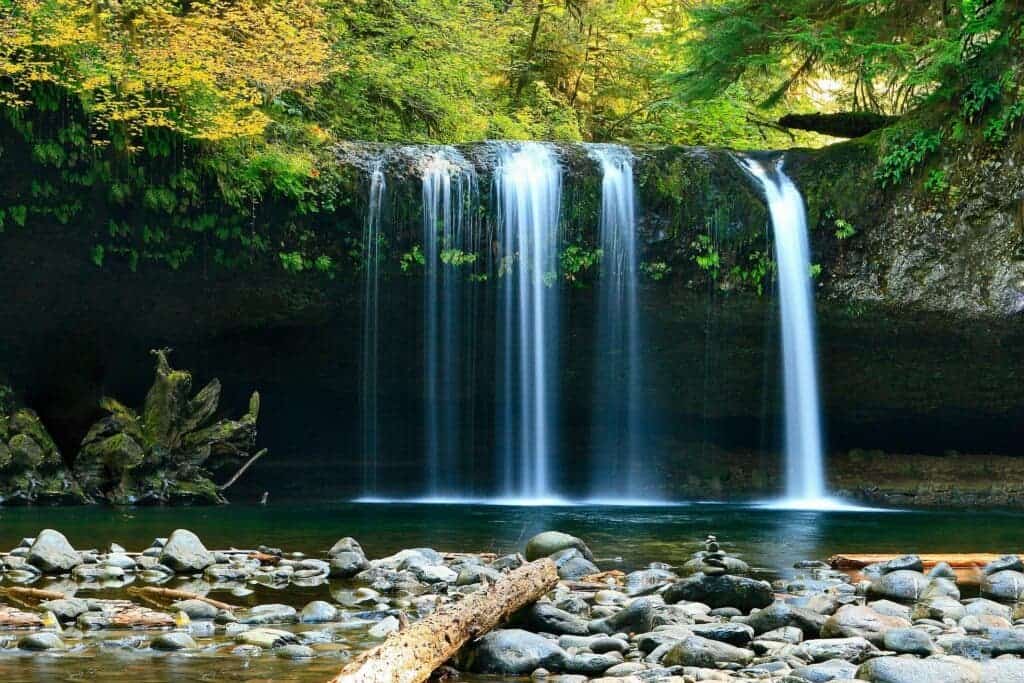Climate change is poised to make tropical ecosystems wetter — which will make them release more carbon dioxide, according to a new paper.

The study focused on an analysis of ancient tropical soils from the submarine delta of the Ganges and Brahmaputra rivers. Throughout history, the data reveals, these soils have emitted higher levels of CO2 gas during warmer and wetter periods. The team writes that the same mechanism can amplify the effect of climate change as tropical soils today will release more CO2 into the atmosphere on top of (and due to) human emissions.
A study in the May 6th issue of Nature indicates the increase in rainfall forecast by global climate models is likely to hasten the release of carbon dioxide from tropical soils, further intensifying the climate crisis by adding to human emissions of this greenhouse gas into Earth’s atmosphere.
Worse with water
“We found that shifts toward a warmer and wetter climate in the drainage basin of the Ganges and Brahmaputra rivers over the last 18,000 years enhanced rates of soil respiration and decreased stocks of soil carbon,” says Dr. Christopher Hein of William & Mary’s Virginia Institute of Marine Science, lead author of the paper.
“This has direct implications for Earth’s future, as climate change is likely to increase rainfall in tropical regions, further accelerating respiration of soil carbon, and adding even more CO2 to the atmosphere than that directly added by humans.”
Soil respiration represents the CO2 gas released by microbes into the atmosphere as they munch on and decompose organic material at or just below the ground surface such as leaves, roots, and dead organic matter. It’s not very different, actually, from the way humans and other animals generate CO2 from cellular processes that they then breathe out.
Plant roots also contribute to soil respiration during the night when plants can’t photosynthesize, and so burn off some of the carbohydrates (sugars) they produced during the day for energy.
The team analyzed three cores collected from the ocean floor at the mouth of the Ganges and Brahmaputra rivers in Bangladesh — which form the world’s largest delta and abyssal fan with sediments eroded from the Himalayas. These cores allowed the team to track environmental changes in the region over the last 18,000 years. Their data showed that there is a strong link between soil age and runoff rates.
Younger soils, which formed during wetter epochs, showed more rapid respiration rates, while older ones — which formed in cooler, drier times — showed less respiration and held higher quantities of carbon for longer periods of time. The wetter times correlate with periods of the Indian summer monsoon, the primary source of precipitation across India, the Himalayas, and south-central Asia, was stronger. The team confirmed this link by analyzing other paleoclimatic evidence in geologic formations and fossil phytoplankton.
“Small changes in the amount of carbon stored in soils can play an outsized role in modulating atmospheric CO2 concentrations and, therefore, global climate, as soils are a primary global reservoir of this element,” Hein explains.
The team notes that soils hold an estimated 3,500 billion tons of carbon or around four times as much as the quantity of this element in the atmosphere.
The feedback process seen by the team here — where atmospheric CO2 drives global warming which increases the release of CO2 — is only one piece of a larger image. Similar findings on permafrost soils of the Arctic circle have been made in the past. There, widespread thawing is allowing for more extensive microbial activity and is responsible for an estimated 0.6 billion tons of carbon emissions to the atmosphere each year.
The paper “Millennial-scale hydroclimate control of tropical soil carbon storage,” has been published in the journal Nature.


